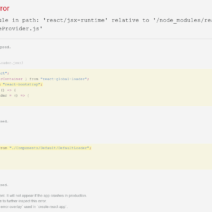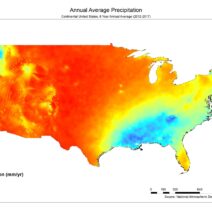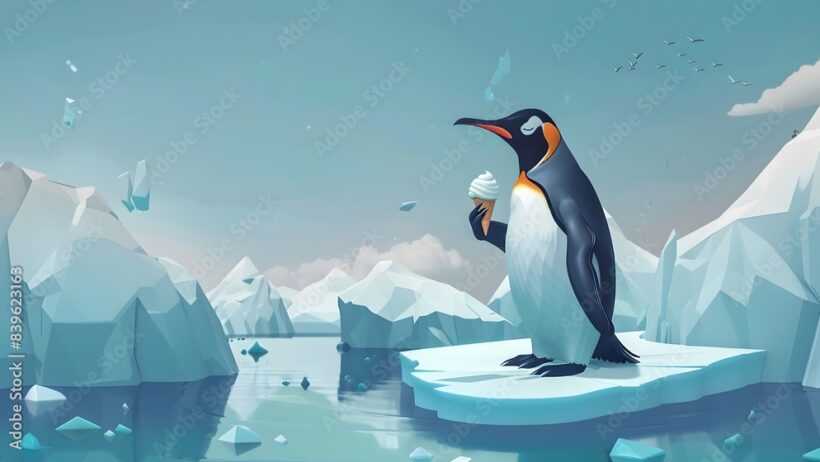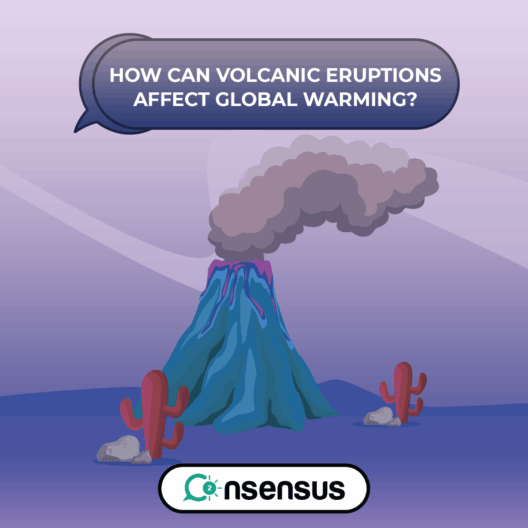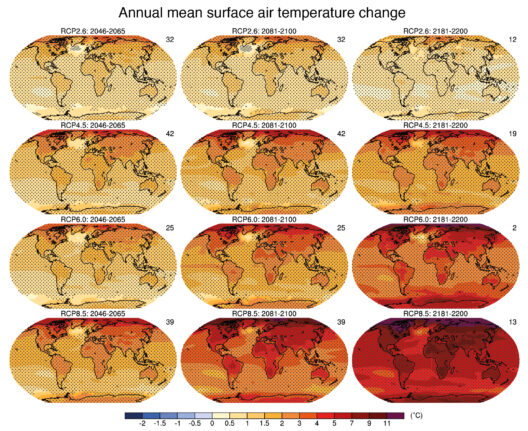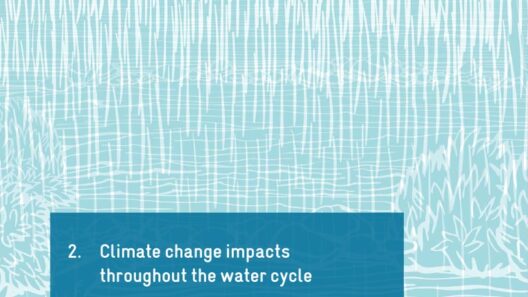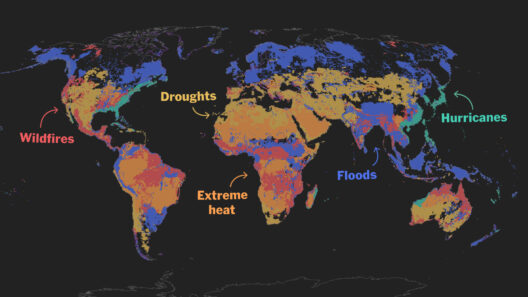The Arctic region, often perceived as a pristine wilderness, is now a fragile beacon of environmental consequence. The haunting image of an emperor penguin, blissfully devouring a melting ice cream treat against the backdrop of receding ice floes, serves as an unsettling metaphor for an unraveling ecosystem. Each melting flake symbolizes not just the loss of an icy kingdom but also the imminent threat faced by an intricate web of life. Climate change, driven by anthropogenic activities, is inexorably reshaping this unique environment, leading to profound ramifications for Arctic wildlife and the global ecosystem as a whole.
To grasp the magnitude of the issue, one must first establish the current state of the Arctic. Scientific assessments indicate that the Arctic is warming at more than twice the global average, a phenomenon termed Arctic amplification. This unprecedented heating is not merely an abstract concept; it manifests in stark changes to the environment. Glaciers are disappearing at alarming rates, leading to rising sea levels that threaten coastal communities globally. Furthermore, permafrost—eternal frost—once thought to be immutable, is becoming susceptible to thawing, releasing vast quantities of carbon dioxide and methane, potent greenhouse gases that exacerbate climate change.
The unique appeal of the Arctic lies in its spectacular, almost otherworldly landscapes, populated by extraordinary wildlife. Species such as polar bears, walruses, and various migratory birds have adapted over millennia to thrive in this seemingly inhospitable climate. Yet, these adaptations are now tested to their limits. Polar bears, the quintessential icon of the Arctic, face a dual existential crisis: as sea ice continues to vanish, their hunting grounds diminish. Unable to hunt seals effectively, their physical condition deteriorates, leading to starvation and declining birth rates. The very fabric of their existence is fraying.
Walruses, often seen lounging on ice floes, are also facing dire circumstances. As ice retreats, these marine mammals are forced to congregate on land, leading to increased stress and vulnerability to predation. Calves born in this precarious milieu are more susceptible to mortality, further jeopardizing population sustainability. Such declines resonate throughout the ecosystem; every species is interconnected, and the repercussions of one declining population can ripple through the delicate balance of life.
Beyond the immediate concerns for iconic species, the broader implications of climate change in the Arctic extend to indigenous communities. Indigenous peoples, such as the Inuit, have coexisted with the Arctic environment for centuries. Their lifestyles, cultures, and economies are intricately intertwined with the land. The disruption of migration patterns for caribou and fish due to changing temperatures presents not merely a challenge to food security but also threatens the rich cultural tapestry that defines these communities. The once predictable rhythms of nature now falter, casting uncertainty over time-honored traditions.
As ocean temperatures rise, the dynamics of marine ecosystems shift remarkably. Warmer waters often invite species migration, altering traditional fishing grounds. Fish populations previously stable in these cold waters may decline or relocate, leaving local fisheries in turmoil. The loss of specific fish species can endanger both commercial and subsistence fishing practices, instigating economic hardships and social strife in communities wholly dependent on these resources.
The metamorphosis of the Arctic is reflective of a broader crisis that beckons urgent action. A collective response, focusing on reduction of greenhouse gas emissions and renewable energy investments, is imperative. Transitioning to sustainable practices not only addresses the crisis at hand but can also pave the way towards a more resilient global ecosystem. Protecting Arctic habitats requires international cooperation, emphasizing the urgent need for policies that support conservation and adaptive management strategies. Such measures must prioritize the preservation of biodiversity and the wellbeing of Indigenous peoples affected by these sweeping environmental changes.
Furthermore, global awareness and education play pivotal roles in addressing climate change. Increasing public understanding of the dire situation in the Arctic can galvanize action. As individuals, communities, and nations glean insights from the consequences of a warming world, the impetus to act grows stronger. The Arctic is not isolated; it serves as a barometer for the planet’s health—a silent witness that signals larger environmental shifts that reverberate globally.
The plight of the Arctic teaches us that climate change is not a distant threat; it has arrived, casting shadows on the most majestic realms of our planet. It beckons us to confront an unsettling truth: the melting ice, once an emblem of nature’s resilience, now narrates a story of vulnerability and urgency. Each decline in Arctic biodiversity not only signifies the loss of species; it reflects a diminishing future for humanity, echoing across generations.
In conclusion, the Arctic’s narrative compels us to transcend beyond the ice. We must recognize the ripples of our actions, facing the dramatic shifts in this remarkable environment. Let the penguin, relishing its ice cream treat, serve as a poignant reminder of the urgency to preserve and protect the Arctic’s fragile ecosystems before they slip away forever into the annals of history. The call for action is clear; the time to respond is now.
